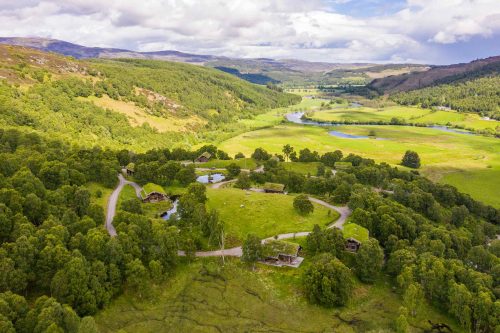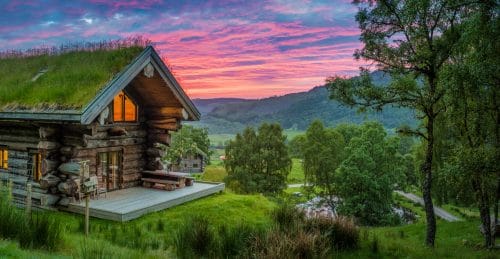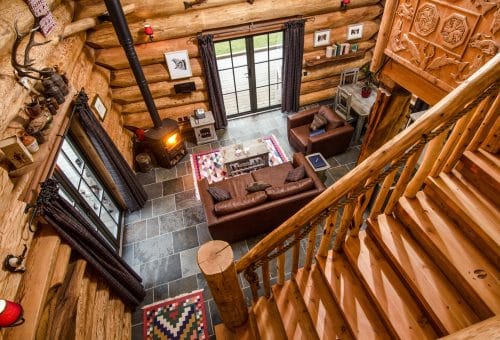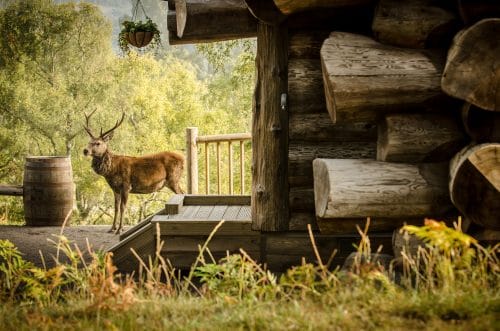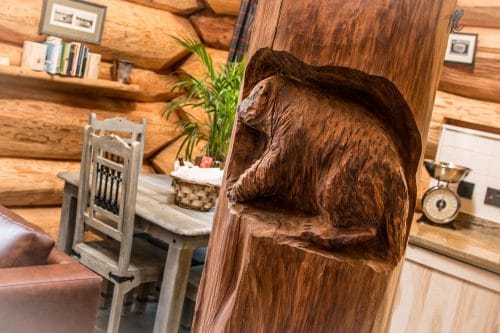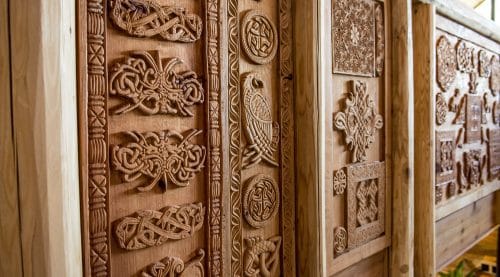4 Fascinating Facts about Loch Ness
Visitors flock to Loch Ness every year in the hope of seeing the its most famous resident – Nessie. But Loch Ness has some other claims to fame too. Read on to discover some of the most amazing Loch Ness facts.
1. That’s a lot of water!
The most notable bit of trivia is the loch’s volume of water. While Loch Ness is only second on the podium behind Loch Morar for the deepest body of fresh water in the UK, and again second behind Loch Lomond for the greatest surface area of fresh water, it thrashes the competition when it comes to which holds the most volume of water!
Loch Ness holds an estimated 263 billion cubic feet of water. Which is more than all the water in all the lakes, rivers and reservoirs in the whole of England and Wales combined! Loch Ness’s deepest points are over 800ft deep which is twice the average depth of the North Sea. In fact, the volume is sufficient for every single person on earth to fit inside it 10 times over.
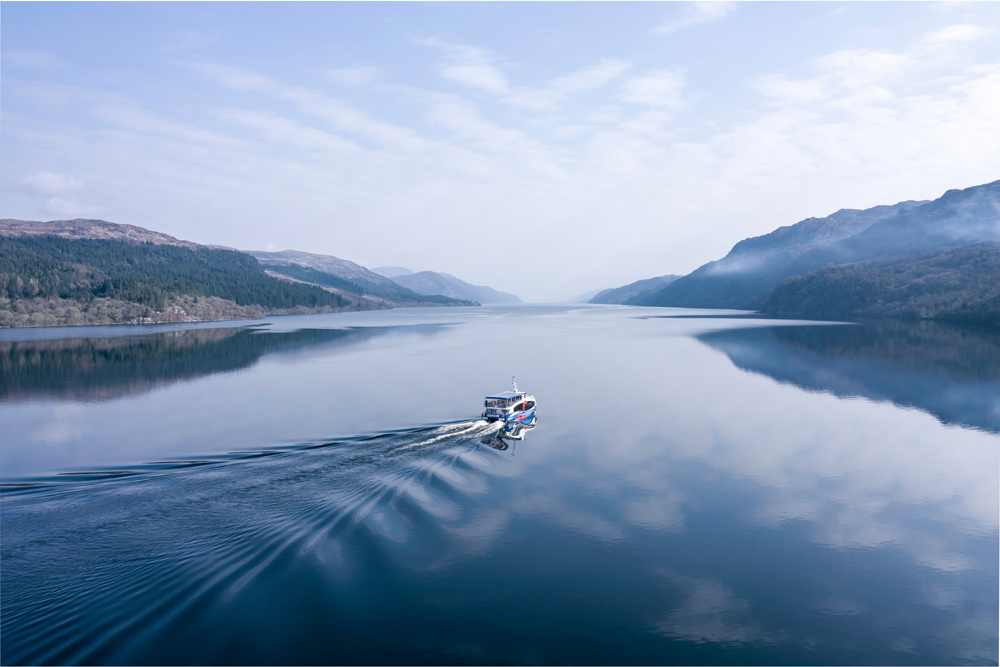
2. Too deep to freeze!
While Eagle Brae’s biomass underfloor heating and toasty log burning stoves keep our guests the cosiest of any log cabins near Loch Ness, it can still get very cold outside in winter with the Highlands regularly recording temperatures approaching -20°C each winter.
Whilst nearly all the lochs in the Highlands freeze over, some so much so that traditional cattle drovers used to walk their cattle across the frozen lochs, for some strange scientific reason Loch Ness refuses to freeze over! It’s too deep to freeze.
Due to a process called the thermocline effect, the cold water that would otherwise freeze in a shallower loch sinks lower in the loch and is replaced by warmer water from below. There is sufficient volume of water for this to happen continuously such that the surface will never freeze right across. Amazing!
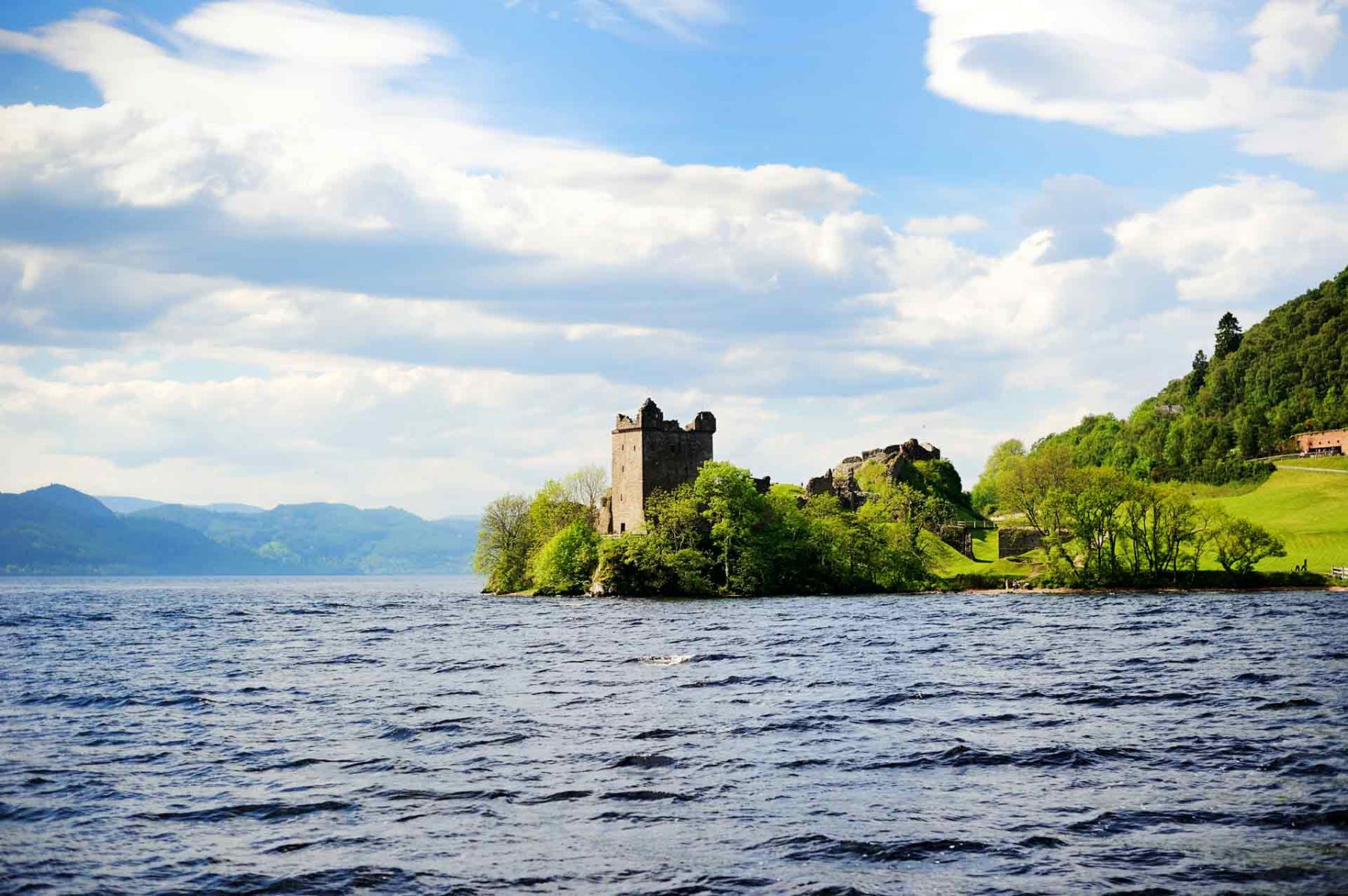
3. The Great Glen – formed by Loch Ness
The Great Glen is part of a major line of weakness in the earth’s crust. The land to the north of the great glen (where Eagle Brae is!) at one time was around 100km to the northeast of where it currently is. About 400 million years ago it sled southwest about 100km along the Great Glen fault to where it is now and created a long linear loch in-between the two land masses in the process.
Loch Ness is a tectonic lake formed by the land converging around this Great Glen fault. Many people don’t realise that this fault line actually continues southwest through Ireland and beyond.
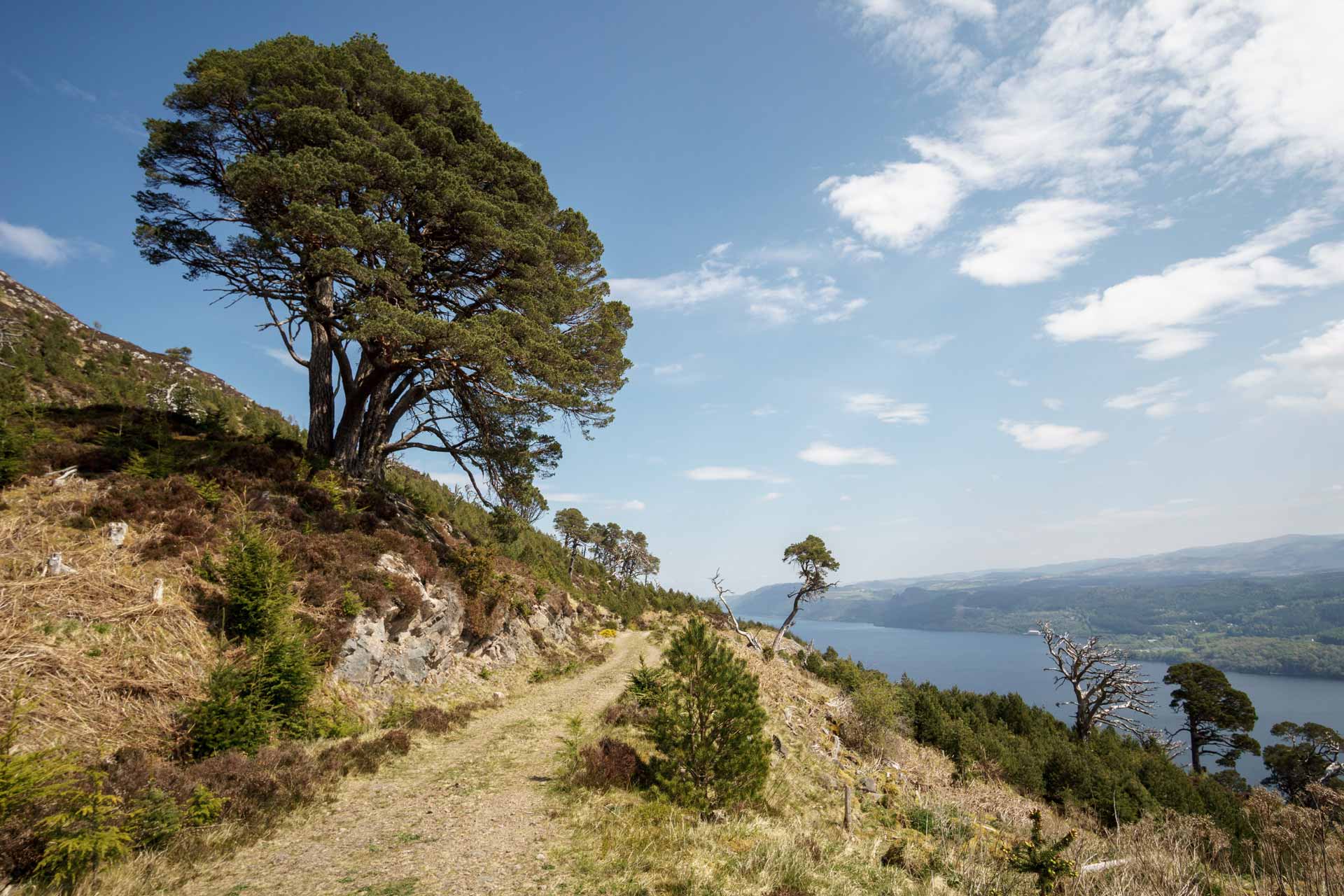
4. A short-cut through the Caledonian Canal
Today it is possible to take a boat right through Scotland along the Caledonian Canal, including Loch Ness.
It’s a 100km wetted corridor from coast to coast including 29 locks on the canal sections. The vast majority of the passage from coast to coast is down the length of Loch Ness. It’s a very handy shortcut and saves sailing all around the north coast of Scotland.
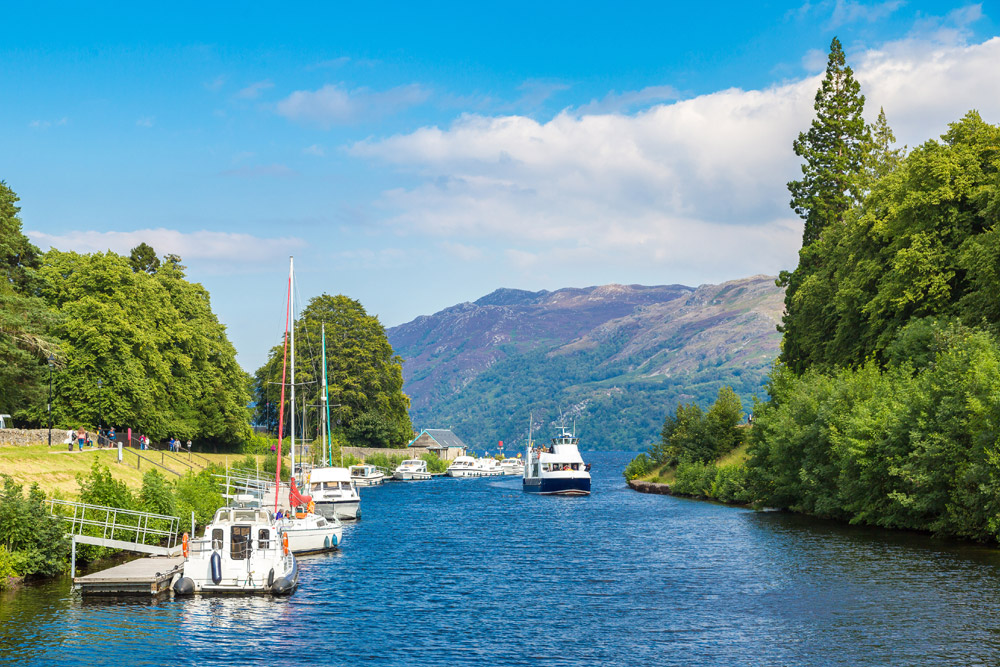
Come and see this amazing loch!
Eagle Brae, whilst not having views of the loch, is in touching distance in Strathglass, the next glen to the northwest of Loch Ness. And we are only a 45-minute drive from Loch Ness itself! There can be no better log cabins near Loch Ness than Eagle Brae’s from which to explore this record-breaking loch and its surrounding area. And why not visit the Loch Ness visitor centre to find out even more amazing Loch Ness facts?








